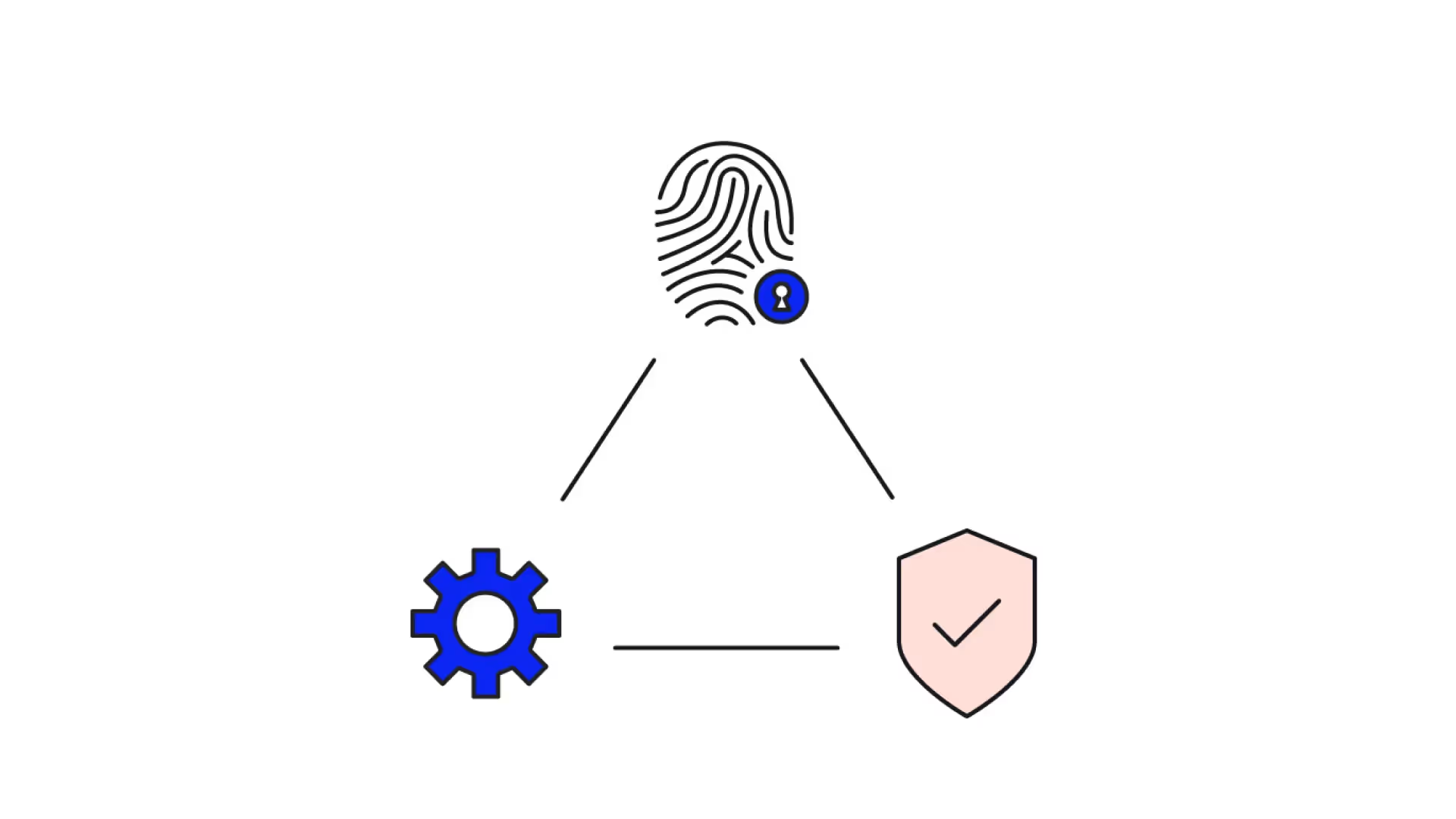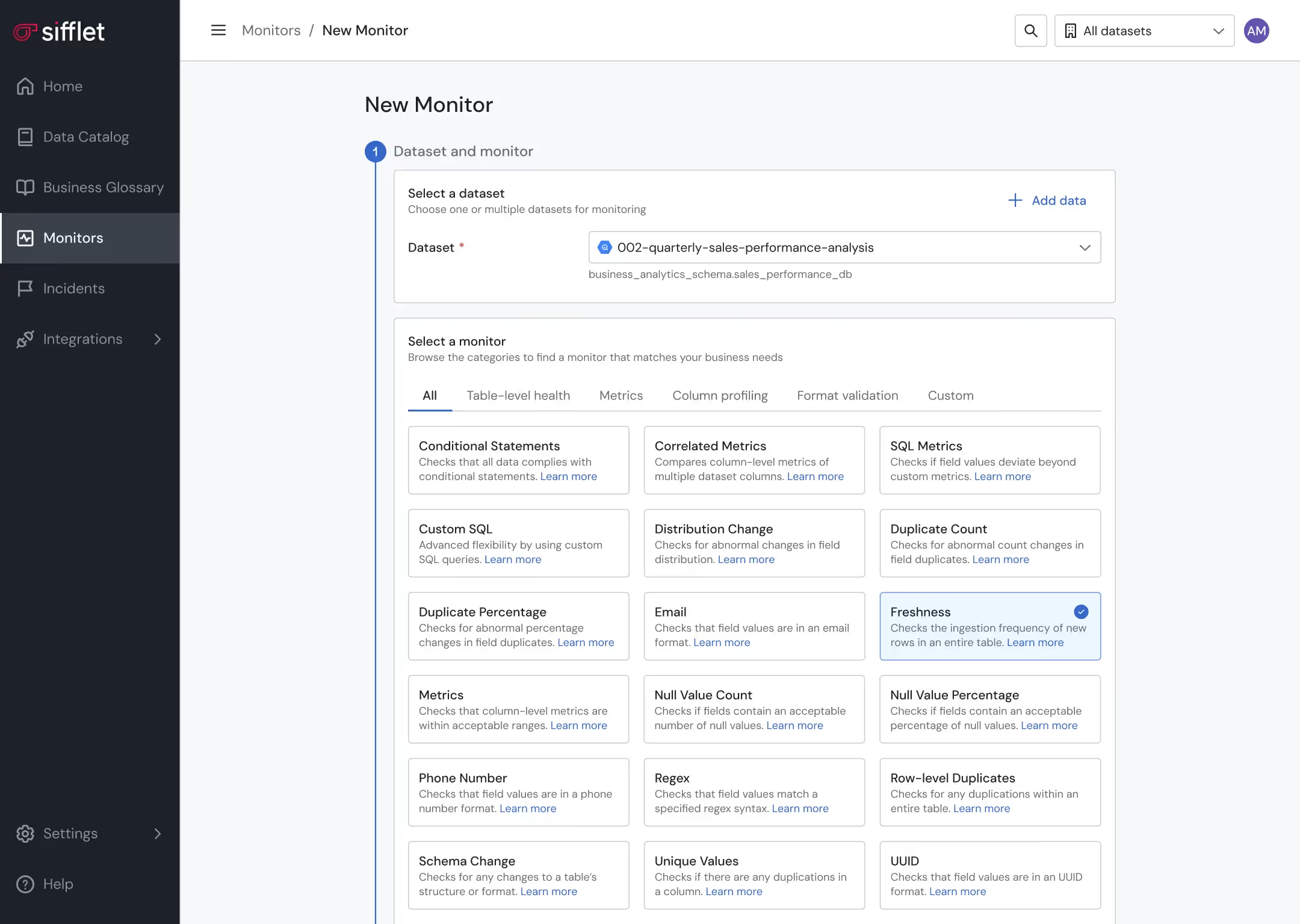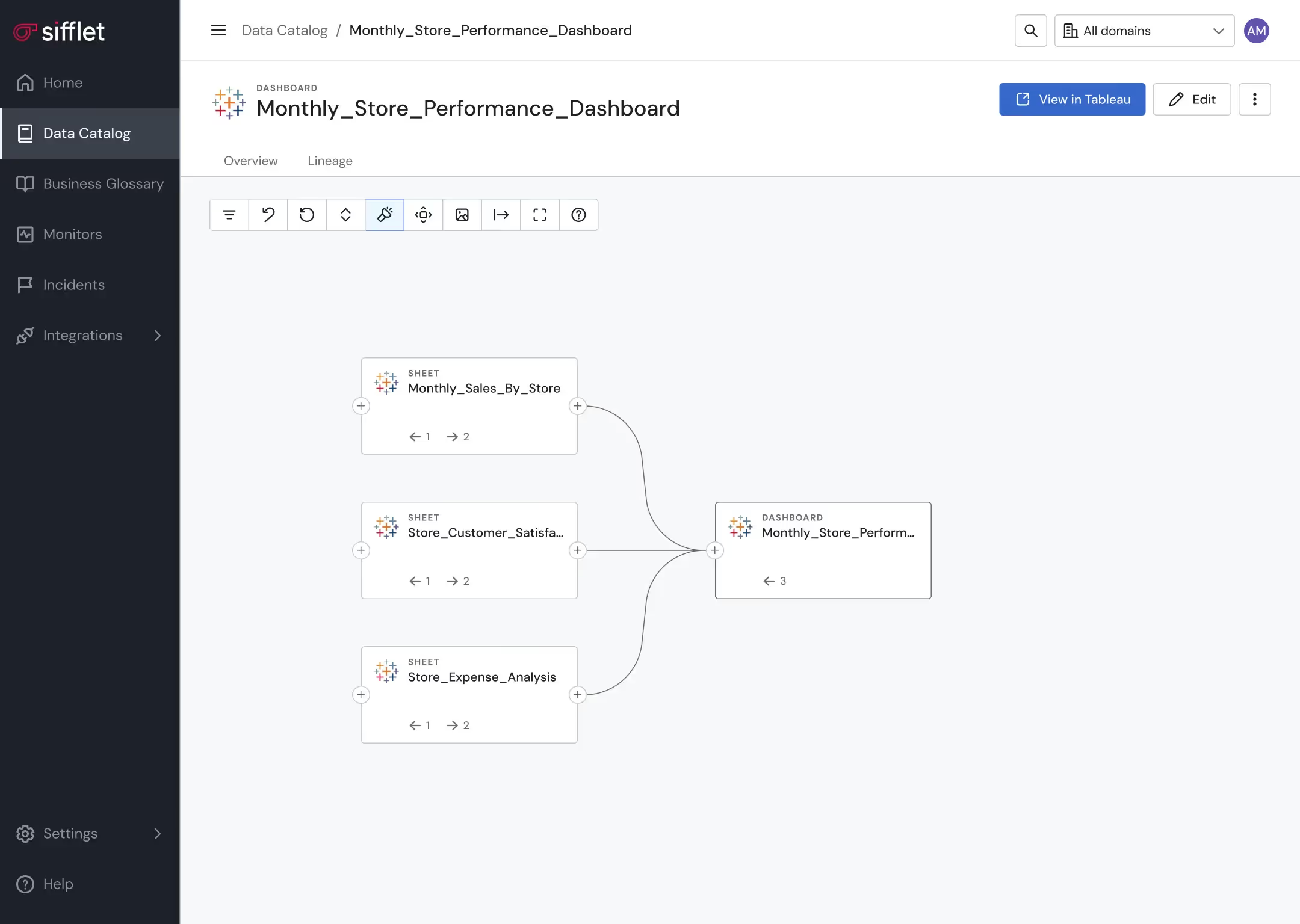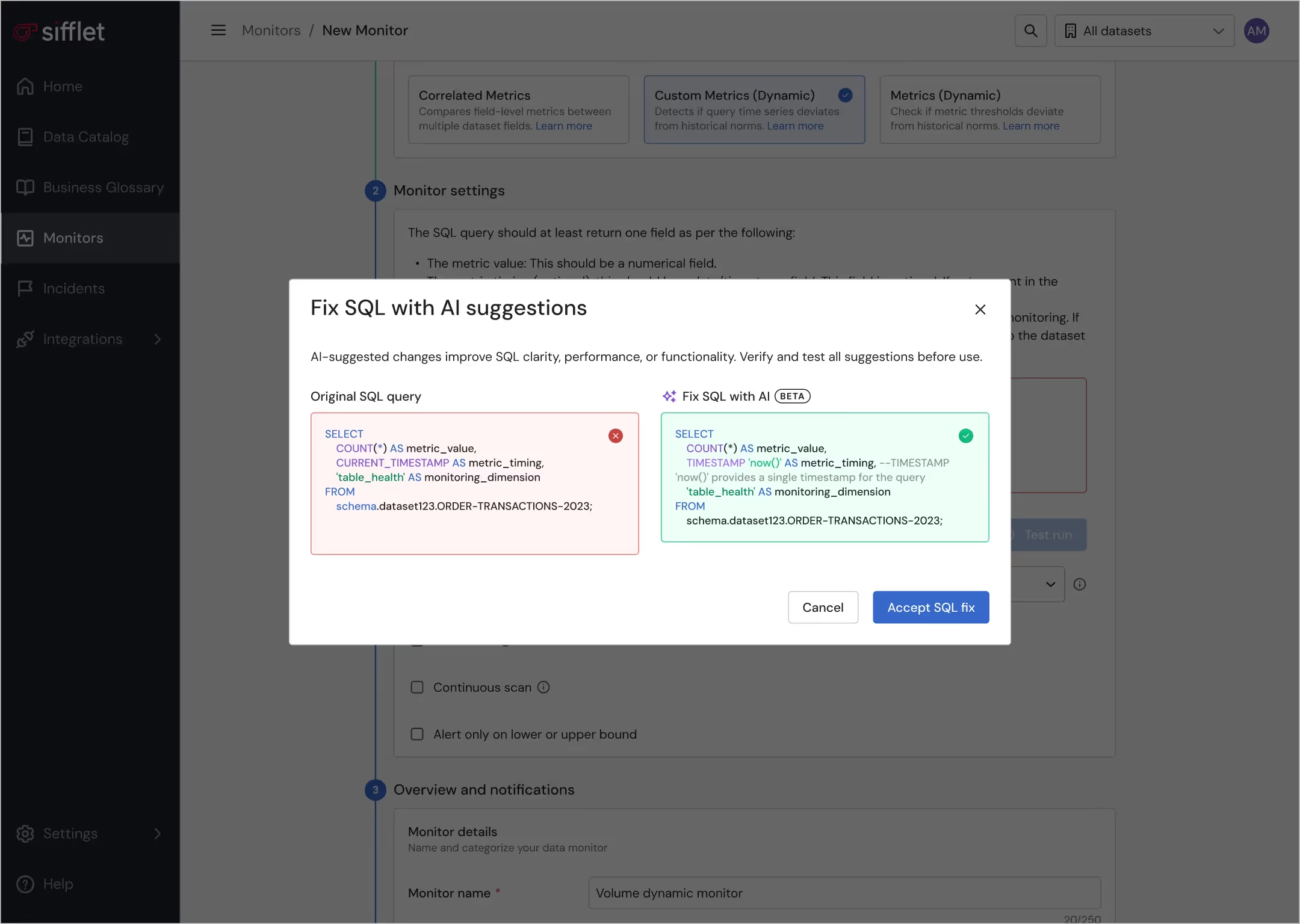Data governance
Proactive access, quality and control
Empower data teams to detect and address issues proactively by providing them with tools to ensure data availability, usability, integrity, and security.

De-risked data discovery
- Ensure proactive data quality thanks to a large library of OOTB monitors and a built-in notification system
- Gain visibility over assets’ documentation and health status on the Data Catalog for safe data discovery
- Establish the official source of truth for key business concepts using the Business Glossary
- Leverage custom tagging to classify assets

Structured data observability platform
- Tailor data visibility for teams by grouping assets in domains that align with the company’s structure
- Define data ownership to improve accountability and smooth collaboration across teams

Secured data management
Safeguard PII data securely through ML-based PII detection















Frequently asked questions
Can I learn about real-world results from Sifflet customers at the event?
Yes, definitely! Companies like Saint-Gobain will be sharing how they’ve used Sifflet for data observability, data lineage tracking, and SLA compliance. It’s a great chance to hear how others are solving real data challenges with our platform.
Can I customize how alerts are routed to ServiceNow from Sifflet?
Absolutely! You can customize routing based on alert metadata like domain, severity, or affected system. This ensures the right team gets notified without any manual triage, making your data pipeline monitoring more actionable and reliable.
How does Sifflet support local development workflows for data teams?
Sifflet is integrating deeply with local development tools like dbt and the Sifflet CLI. Soon, you'll be able to define monitors directly in dbt YAML files and run them locally, enabling real-time metrics checks and anomaly detection before deployment, all from your development environment.
How can inefficient SQL queries impact my data pipeline performance?
Great question! Inefficient SQL queries can lead to slow dashboards, increased ingestion latency, and even failed workloads. By optimizing your queries using best practices like proper filtering and avoiding SELECT *, you help improve data pipeline monitoring and maintain overall data reliability.
Why is data observability important during cloud migration?
Great question! Data observability helps you monitor the health and integrity of your data as it moves to the cloud. By using an observability platform, you can track data lineage, detect anomalies, and validate consistency between environments, which reduces the risk of disruptions and broken pipelines.
Why is data observability becoming such a priority for enterprises in 2025?
Great question! As more organizations rely on AI and analytics for decision-making, ensuring data quality, health, and reliability has become non-negotiable. Data observability platforms like Sifflet help teams detect issues early, reduce downtime, and maintain trust in their data pipelines.
What is Flow Stopper and how does it help with data pipeline monitoring?
Flow Stopper is a powerful feature in Sifflet's observability platform that allows you to pause vulnerable pipelines at the orchestration layer before issues reach production. It helps with proactive data pipeline monitoring by catching anomalies early and preventing downstream damage to your data systems.
Is Sifflet suitable for large, distributed data environments?
Absolutely! Sifflet was built with scalability in mind. Whether you're working with batch data observability or streaming data monitoring, our platform supports distributed systems observability and is designed to grow with multi-team, multi-region organizations.













-p-500.png)
